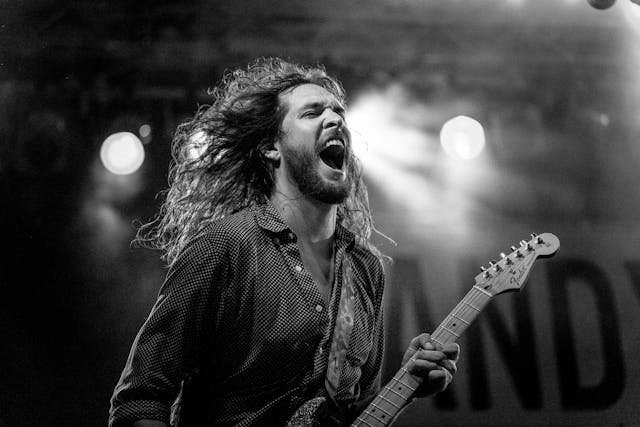Music is a powerful force that shapes culture, emotions, and social perceptions. When artists use their platform to represent disability in a positive and authentic way, they help break stereotypes and make inclusion mainstream.
Over the years, some pop stars and music videos have featured disabled performers, dancers, and themes of accessibility, challenging outdated narratives. Instead of portraying disability as something to overcome, these representations celebrate diversity, talent, and empowerment.
This article explores how music videos and pop stars are shaping disability representation, the impact on audiences, and how the industry can do even better.
Why Music and Visual Media Matter for Disability Representation
Music videos are not just entertainment; they are a form of storytelling that influences millions. The way disability is portrayed in popular music impacts how society sees disabled individuals and how disabled people see themselves.
Breaking Stereotypes Through Music Videos
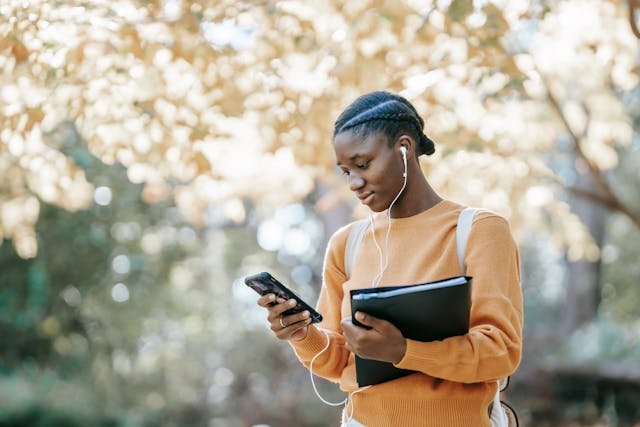
For years, mainstream media has often depicted disability in a limiting way, focusing on struggles rather than strengths. Music videos have the power to change this by showcasing disabled individuals in roles that highlight their talent, personality, and presence.
When disabled dancers, models, or musicians are featured, they are seen as artists first, rather than as an “inspiration” for overcoming their disability. This shift helps:
- Normalize disability in pop culture.
- Showcase talent over limitations.
- Encourage viewers to rethink biases.
By integrating disability into creative expression, music videos make inclusivity a part of everyday media, not just a special feature.
Reaching a Global Audience
Music videos are one of the most widely consumed forms of entertainment worldwide. Unlike books or documentaries that require active engagement, music videos are easily accessible and widely shared on platforms like YouTube, TikTok, and Instagram.
This means that when a pop star features disability positively, the message reaches:
- Millions of fans across different age groups.
- People who may not have prior exposure to disability representation.
- Industry leaders who can implement similar inclusive practices.
By incorporating disabled artists into music videos, pop stars help make disability representation a natural part of pop culture rather than an exception.
Empowering Disabled Viewers
Representation matters. When disabled individuals see people like them in mainstream music videos, it fosters confidence and a sense of belonging.
For young disabled people, seeing a dancer with a prosthetic limb or a wheelchair user in a high-energy music video sends the message that they too can be performers, artists, or creators.
It also challenges the idea that disability should be hidden or seen as a limitation, instead embracing it as part of a person’s unique identity.
Music Videos That Have Featured Disability Positively
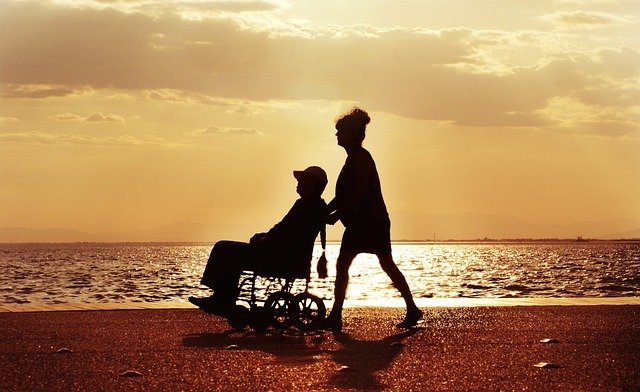
Several pop stars have used their platforms to feature disabled performers, either through dance, storytelling, or by showcasing artists with disabilities in leading roles.
Sia – “The Greatest” (2016)
Sia’s music videos are known for their powerful choreography and artistic expression. In “The Greatest,” she included a diverse cast of dancers, featuring Nia Frazier, a young dancer with hearing loss.
This music video made an impact because:
- It focused on movement and emotion, not limitations.
- It featured disabled and non-disabled dancers performing together seamlessly.
- It was widely praised for its inclusivity and artistic representation.
Rather than singling out disability, the video showcased all dancers as equal contributors to the story and energy of the performance.
Beyoncé – “Spirit” (2019)
In the official video for “Spirit” from The Lion King, Beyoncé featured incredible talent from across the world, including disabled dancers. One standout performer was Khoudia, a dancer with a prosthetic leg, who was highlighted for her skill and grace rather than her disability.
This moment was significant because:
- It placed a disabled artist at the center of a high-profile music video.
- It emphasized artistic expression rather than physical differences.
- It helped normalize the inclusion of disabled performers in mainstream entertainment.
Coldplay – “Up&Up” (2016)
Coldplay’s visually stunning music video “Up&Up” used creative imagery to represent different experiences, including disability. The video featured a young girl with a prosthetic limb running across the sky, symbolizing empowerment and boundless potential.
This representation was meaningful because:
- It depicted a person with a disability in a dream-like, limitless environment.
- It challenged the traditional narratives of struggle and instead focused on empowerment.
- It introduced disability representation to a massive global audience.
The Role of Pop Stars in Promoting Inclusion

Music artists have a massive influence on social trends, fashion, and even public attitudes towards diversity. When pop stars actively promote disability inclusion, it encourages their fans and industry peers to do the same.
Casting Disabled Performers in Music Videos and Concerts
One of the most direct ways pop stars can promote inclusion is by hiring disabled dancers, models, and musicians for their music videos, tours, and live performances.
This not only provides opportunities for disabled artists but also makes inclusivity a visible and natural part of entertainment.
When a major artist casts a wheelchair dancer or a model with a prosthetic limb, it normalizes the idea that disabled people belong in creative industries.
Using Their Platforms to Speak About Accessibility
Beyond just featuring disability in their music videos, many pop stars have spoken about the need for better accessibility in the entertainment industry. Some artists have:
- Advocated for more accessible concert venues to accommodate fans with disabilities.
- Highlighted the importance of captions and sign language interpreters at events.
- Supported organizations working to increase representation in media.
By using their voices for change, pop stars set an example for record labels, event organizers, and media companies to be more inclusive.
Collaborating with Disabled Artists
Another meaningful way pop stars can support disability inclusion is by collaborating with disabled singers, producers, or songwriters. This brings more visibility to talented disabled artists who may otherwise be overlooked in the music industry.
Some major benefits of such collaborations include:
- Increasing opportunities for disabled musicians in mainstream music.
- Breaking industry norms that often exclude disabled artists from major labels.
- Proving that talent and creativity are not limited by physical ability.
By integrating disabled artists into the creative process, not just performances, the industry can move toward true inclusivity rather than token representation.
What the Music Industry Can Do Better
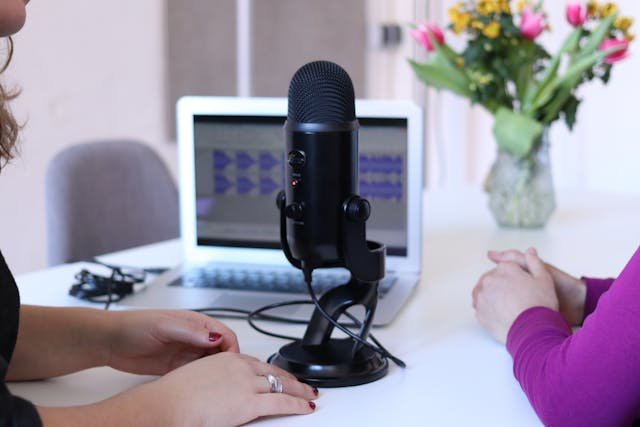
While progress has been made, there is still a long way to go in ensuring authentic and consistent disability representation in the music industry.
Making Accessibility a Priority in Music Video Production
Many music video sets and production environments are not designed to be accessible, making it difficult for disabled performers and crew members to participate fully.
To change this, music producers and directors should:
- Ensure sets, dressing rooms, and stages are wheelchair accessible.
- Use clear communication methods for deaf and hard-of-hearing performers.
- Design choreography and camera work that includes performers of all abilities.
When accessibility is built into the production process, more disabled artists can thrive in the industry.
Moving Beyond Symbolic Representation
While featuring disabled individuals in music videos is a good step, representation should go beyond one-time gestures. Instead of casting disabled performers for a single project, artists should:
- Include them in long-term projects, world tours, and music collaborations.
- Promote disability inclusion consistently across their brand.
- Advocate for industry-wide changes that benefit disabled artists.
Authentic representation happens when disability is seen as an integral part of the entertainment world, not just a statement.
Encouraging More Disabled Creators Behind the Scenes
Beyond performers, the music industry should also support disabled directors, choreographers, producers, and songwriters. This ensures that disability representation is shaped by people who truly understand it.
Creating pathways for disabled professionals in all areas of music production will lead to more authentic and impactful representation in the long run.
The Lasting Impact of Disability Representation in Music
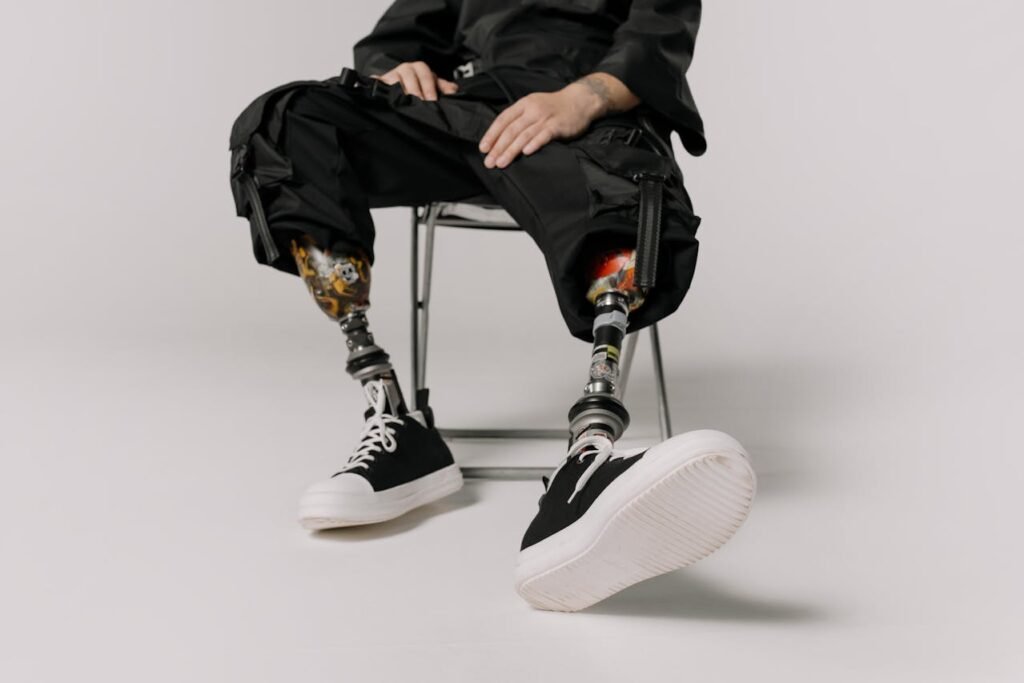
The inclusion of disabled individuals in music videos and performances is more than just a trend—it’s a cultural shift that is reshaping how people perceive disability. The more frequently disability is featured in mainstream music, the more it becomes a natural part of pop culture, rather than something extraordinary or inspirational.
When done correctly, disability representation in music can:
- Encourage acceptance and normalize differences.
- Showcase the talents of disabled artists on a global scale.
- Create a more inclusive entertainment industry that welcomes everyone.
However, to maintain this progress, artists, labels, and media companies must commit to long-term inclusivity rather than short-term visibility.
How Disability Representation Changes Public Attitudes
Music videos are one of the fastest ways to change public perception because they are widely shared, accessible, and reach diverse audiences. When disabled performers are included as equals rather than exceptions, it creates a ripple effect in how disability is viewed.
- It shifts the focus from limitations to capabilities. People start seeing disabled individuals as talented performers, not just as people who “overcome” obstacles.
- It reduces unconscious bias. Viewers become accustomed to seeing disabled artists in entertainment, making inclusion feel normal rather than groundbreaking.
- It teaches younger generations that disability is not something to be excluded. Children and teenagers who grow up seeing positive disability representation in music are more likely to support inclusivity in their own communities.
By incorporating disability in music naturally—without making it the main focus—pop culture helps create a society where disabled individuals are recognized for their contributions, not just their challenges.
Expanding the Reach: Making Concerts and Live Performances Accessible
While representation in music videos is crucial, live performances and concerts must also reflect this inclusivity. Many disabled fans and performers still face challenges in attending or participating in live music events.
Artists and event organizers can do more by:
- Ensuring concert venues are fully accessible with ramps, elevators, and reserved spaces for wheelchair users.
- Providing sign language interpreters and captioning services for deaf and hard-of-hearing attendees.
- Considering sensory-friendly experiences for neurodiverse individuals who may struggle with loud noises or bright lights.
By making concerts and performances accessible, pop stars and the music industry demonstrate that inclusion is not just for the camera—it’s for real life too.
Encouraging Music Labels to Invest in Disabled Artists
One of the biggest barriers to long-term change is the lack of disabled artists signed to major record labels. While representation in music videos is growing, disabled musicians, producers, and songwriters are still underrepresented in the industry.
To foster true inclusivity, record labels should:
- Actively seek out and sign disabled artists, ensuring they receive the same opportunities as their non-disabled peers.
- Provide mentorship and development programs to help disabled musicians navigate the industry.
- Ensure accessibility in recording studios so disabled artists can work without limitations.
By investing in disabled musicians, the industry moves beyond symbolic representation and builds a truly inclusive space where all artists can thrive.
The Future of Disability Representation in Music
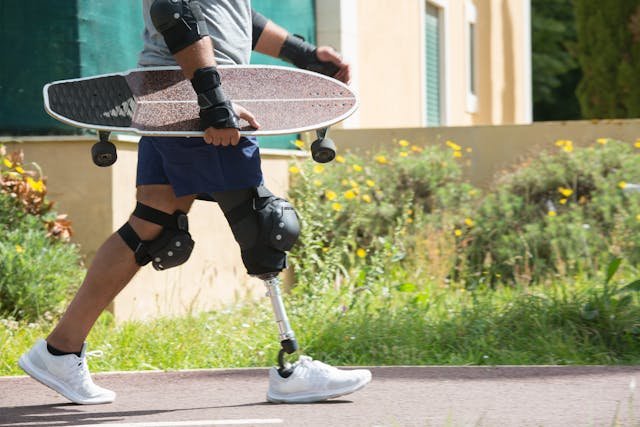
While progress has been made, there is still a long way to go in making the music industry fully inclusive. The future of disability representation in music should focus on:
Normalizing Disability in All Aspects of the Industry
Disability should be a regular part of music videos, live performances, award shows, and interviews—not just as a special feature. The goal is to reach a point where disabled artists and performers are no longer seen as rare or surprising but as a normal part of the industry.
This means:
- Casting disabled performers without making their disability the focus of the story.
- Creating music videos that include diverse abilities in a natural way.
- Ensuring disabled artists are represented in all music genres, not just those centered around empowerment or social issues.
By consistently showcasing disability, the industry can eliminate outdated stereotypes and create lasting change.
More Disabled Creators in Leadership Roles
Representation shouldn’t stop at performers. The industry must also ensure that disabled individuals have opportunities behind the scenes, including:
- Music producers and sound engineers.
- Choreographers and directors.
- Talent scouts and music executives.
When disabled individuals are involved in decision-making, the industry naturally becomes more inclusive. They bring unique perspectives that challenge ableist norms and push for genuine change.
Technology and Innovation for Greater Accessibility
Advancements in technology are making it easier for disabled artists to create, perform, and connect with audiences. Future developments could include:
- AI-powered instruments and software that adapt to different physical abilities.
- Virtual reality (VR) concert experiences for disabled fans who cannot attend in person.
- Wearable technology that enhances music creation and performance for disabled musicians.
As technology evolves, it will play a key role in making the music industry more accessible and inclusive for disabled artists and audiences alike.
Final Thoughts: The Role of Music in Building an Inclusive Society
Music has the power to bring people together, challenge perceptions, and create cultural change. When pop stars and music videos feature disability in a positive, authentic, and consistent way, they help reshape how society views inclusion.
At Robobionics, we believe that true representation goes beyond visibility—it requires action, opportunity, and long-term commitment. The more disabled individuals are seen and celebrated in music, the more we move toward a world where everyone’s talents are recognized, regardless of ability.
The future of music is inclusive. And with every song, video, and performance that embraces diversity, we take another step toward a society where disability is not just accepted—it’s celebrated.



